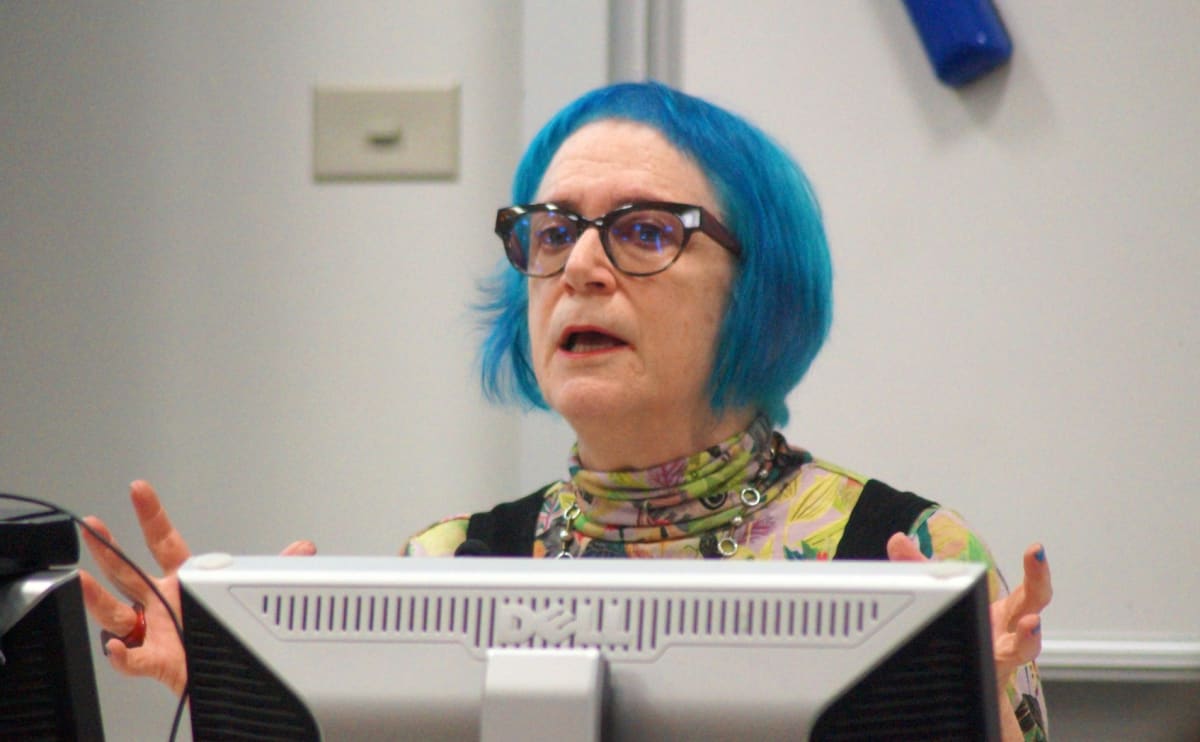
As Uyghurs, Tibetans and other minority communities within China face repression from the state, one expert says the country is creating "a contradiction that can't be resolved"
When it comes to China, politicians, businesspeople - and yes, journalists - are often all too guilty of speaking about the country as a monolith.
But the nation's diversity is also being challenged from within, according to one China specialist, as Chinese leader Xi Jinping seeks to impose his own all-encompassing ideology upon the country.
In an event hosted by the New Zealand Contemporary China Research Centre at Victoria University of Wellington, Australian writer and translator Linda Jaivin spoke about the Chinese Communist Party’s efforts to clamp down on minority populations within the country.
With a population of more than 1.4 billion and over 50 distinct ethnicities, Jaivin said it made no sense for anyone to offer up generalisations about “the Chinese”, whether for good or for bad.
“China is a multiverse - it’s like the title of that movie, Everything Everywhere All At Once…the government, the CCP is so concerned to make it seem like in China everyone thinks the same, everyone speaks with one voice, but how could that be possible?
“There's subsistence farmers, there's jetsetting billionaires. There's passionate feminists, there's incredibly steely patriarchs. There's avant garde artists, aerospace engineers, nomads and film animators, pro-democracy activists and very loyal communists.”
The concept of China itself was a construct, she said, “an idea of a nation created from this deep history and long memory attached to a territory…that changed its borders over time”.
Until the founding of the Republic of China in 1912, most of the people within its borders identified not as Chinese but instead with the dynasty they lived under.
Territories like Xinjiang and Taiwan were only folded into the Chinese empire under the rule of the Qing dynasty, a regime led by the Manchu ethnic minority which was considered a foreign dynasty by the dominant Han Chinese ethnic group, Jaivin said.

China’s diversity was now a source of anxiety for the country’s rulers, with the CCP keen to stamp out potential division and develop a sense of national community which took priority over all other identities.
While the country’s ethnic groups had been known as “minority nationalities” in the past, with a sense of national pride, the country’s ethnicity policy had turned towards assimilation under Xi with a view that “all Chinese citizens belong to the Chinese nationality”.
“The Communist Party of China has always claimed the right to speak on behalf of all of its citizens, to declare that all 1.4 billion Chinese people believe that they have had their feelings hurt by words spoken by some foreigner that most of them have probably never even heard of,” Jaivin said.
“It identifies itself and its own interests so closely with the nation, that it frames all criticism of the party, of itself, whether originating inside or outside of China, as anti-Chinese.”
The party used increasingly powerful surveillance and censorship tools to suppress or promote discussions, depending on whether they fit with approved views.
The Xuexi Qiangguo app, which CCP members were expected to use daily for lessons on “Xi Jinping thought”, was another example of ways in which the party tried to ensure unity.
“The problem of genuine diversity versus a state that wants to create a unified whole is a contradiction that can't be resolved, and I think that creates so much tension.” - Linda Jaivin
The Chinese government did allow sharply differing views on social media in areas that didn’t challenge its authority, such as the best language for feminine hygiene products or the latest album from pop star Jay Chou.
“The party may even amplify some of these debates or let them run in any case, because it's very useful for them. It's an ear on the ground, they can understand popular opinions and trends, and that helps them.”
Jaivin said the CCP’s anxiety about diversity was most evident in its approach to borderland areas like Tibet, Xinjiang and most recently Inner Mongolia, where it had started to replace Mongolian-language teaching with the official language of China, Pǔtōnghuà or Mandarin.
While the government had a clear fear of “splittism”, it was creating problems for itself in some areas by clamping down on minorities who had not previously agitated against the state.
“The problem of genuine diversity versus a state that wants to create a unified whole is a contradiction that can't be resolved, and I think that creates so much tension.”







